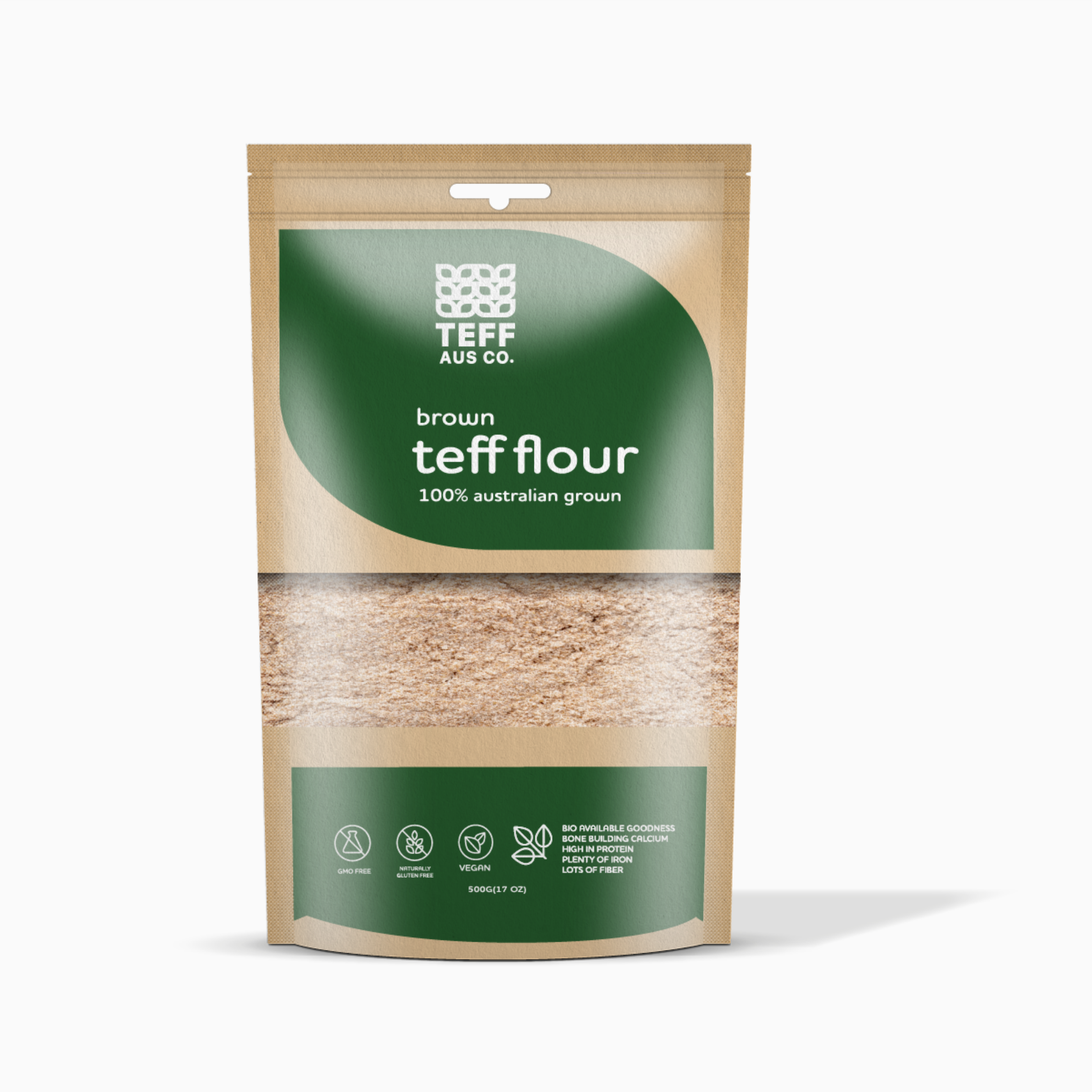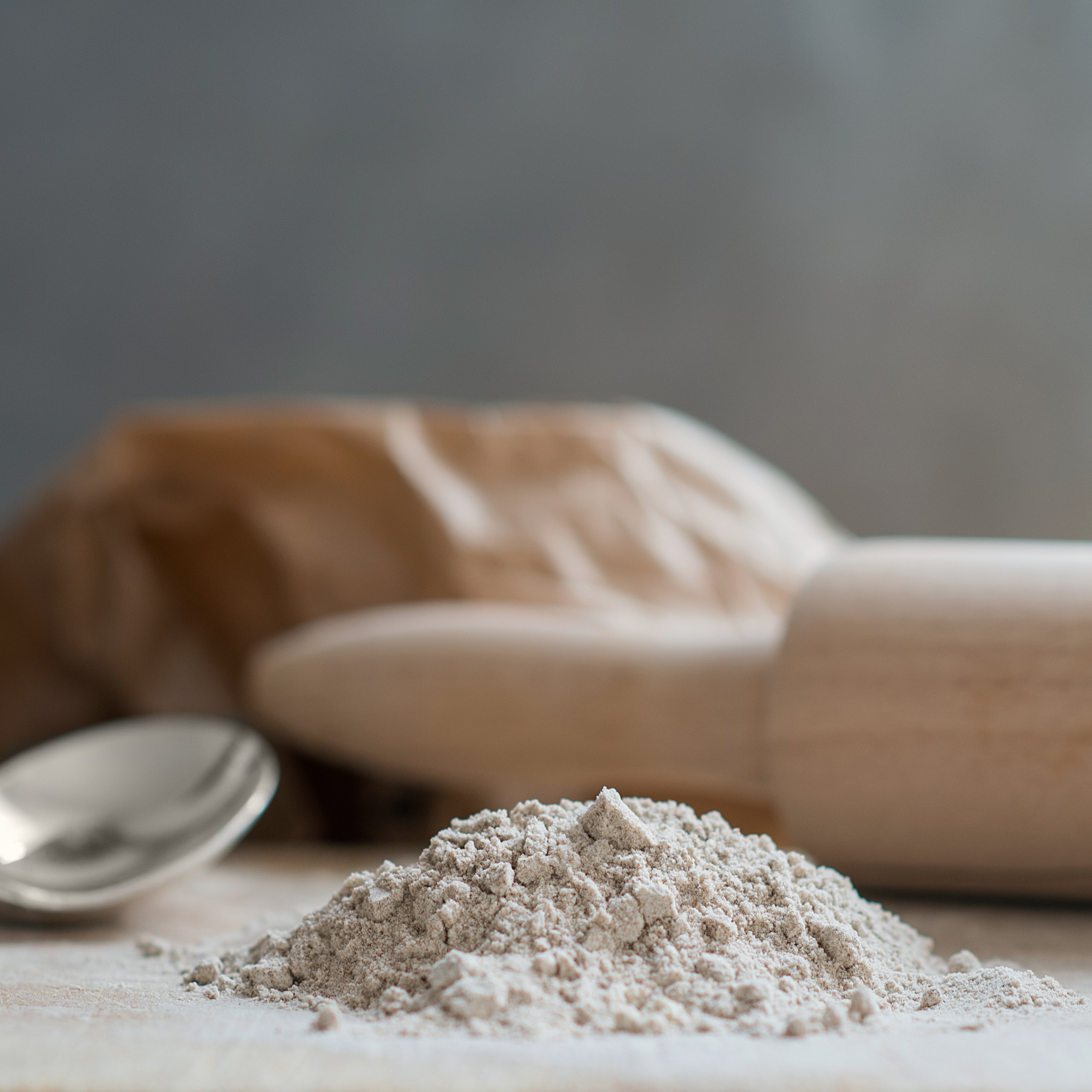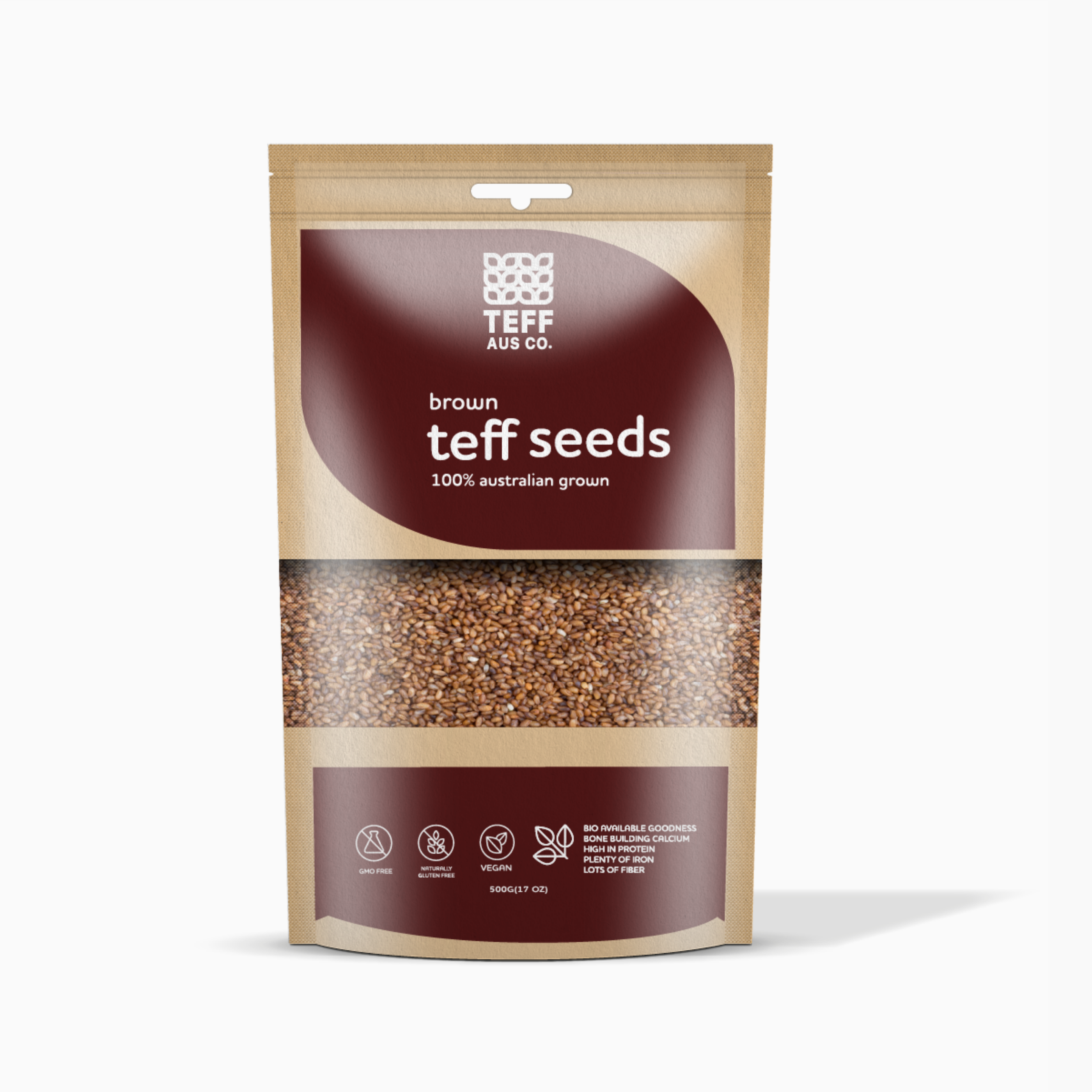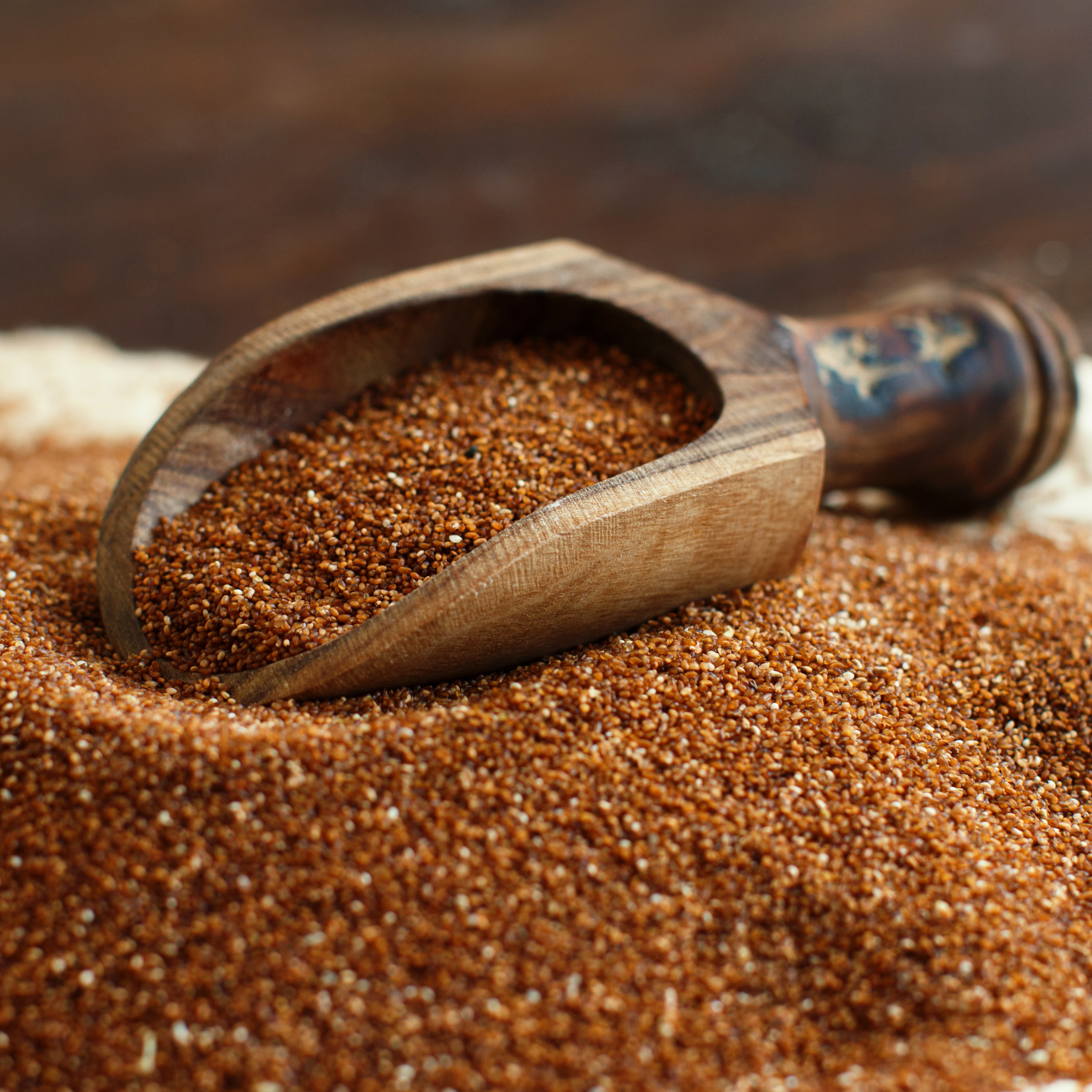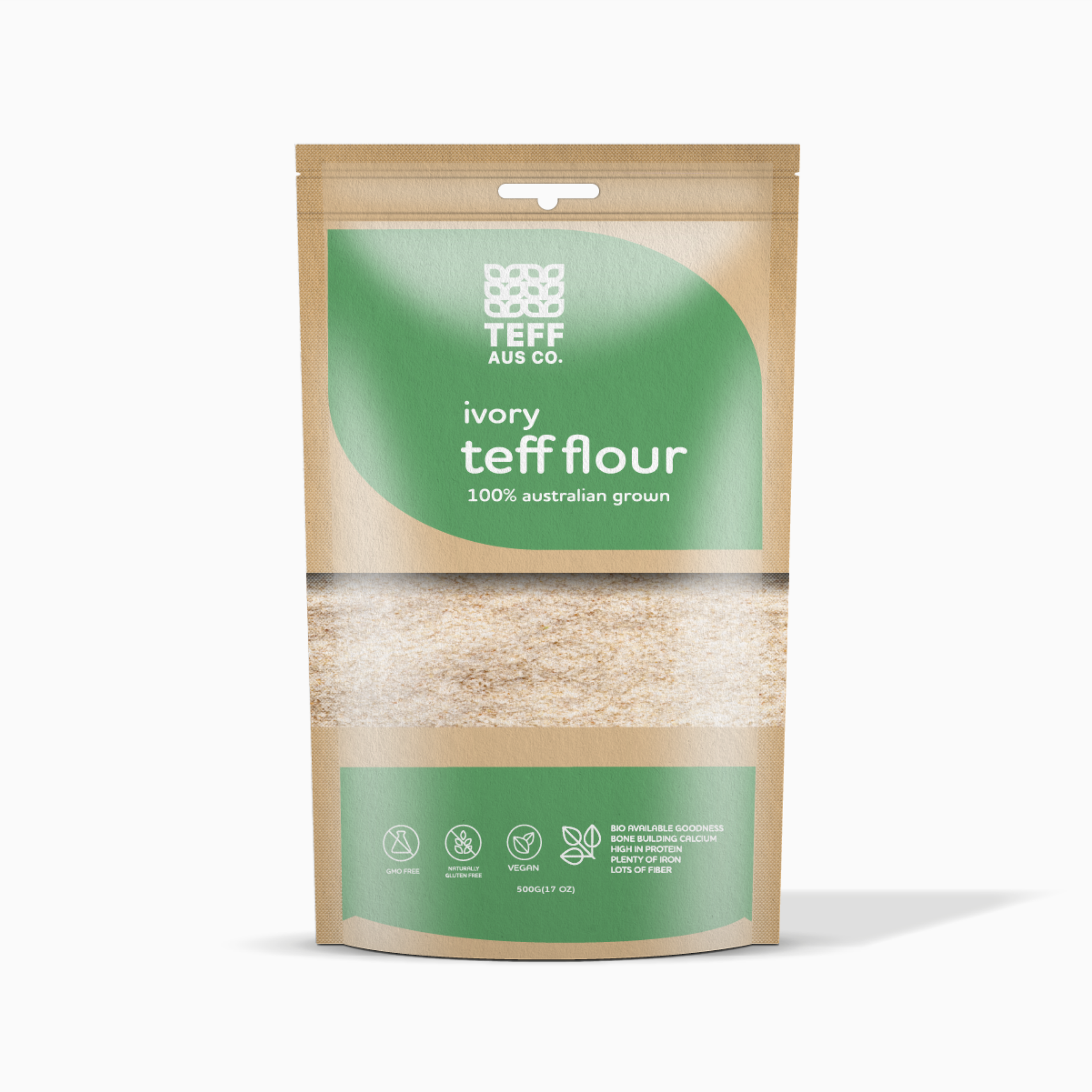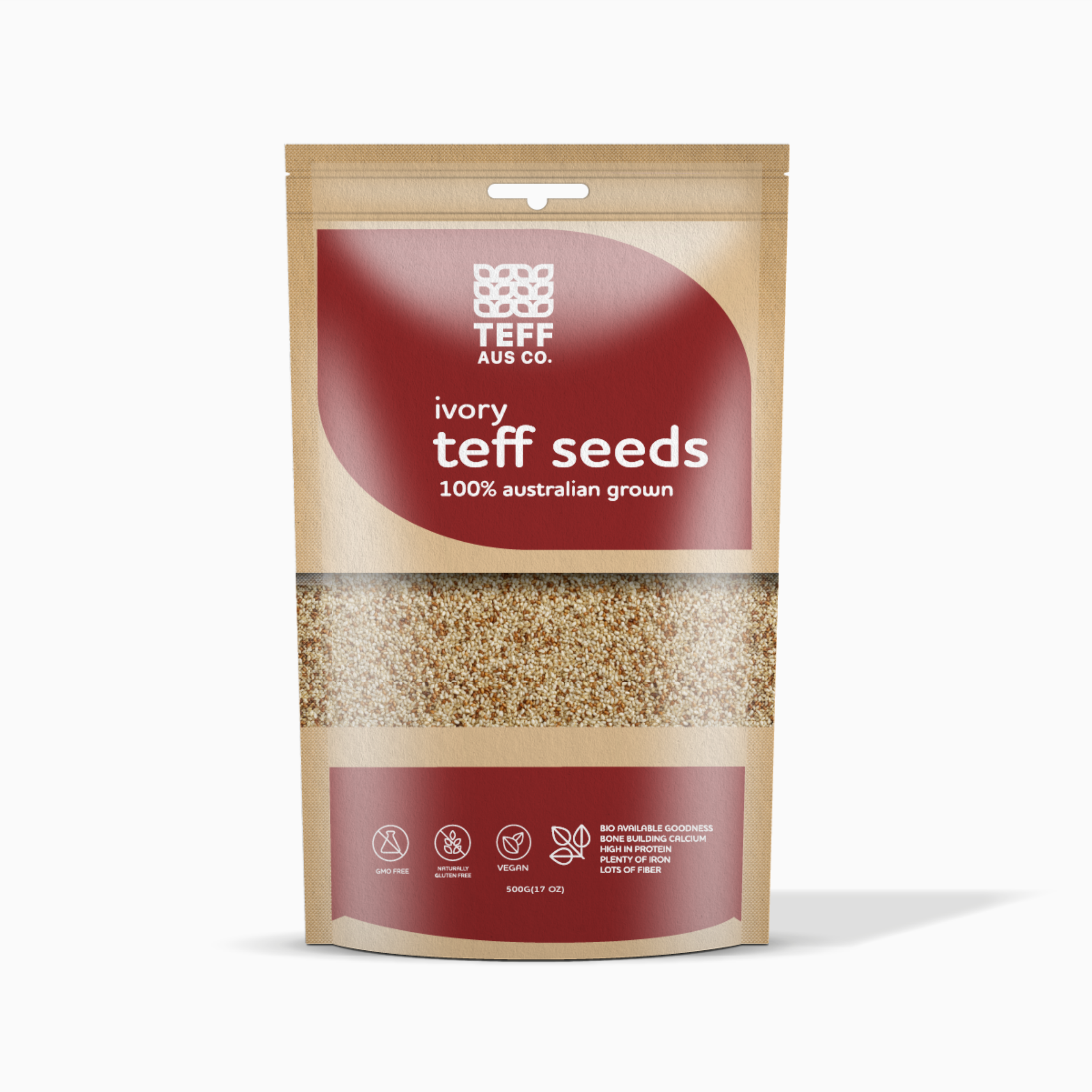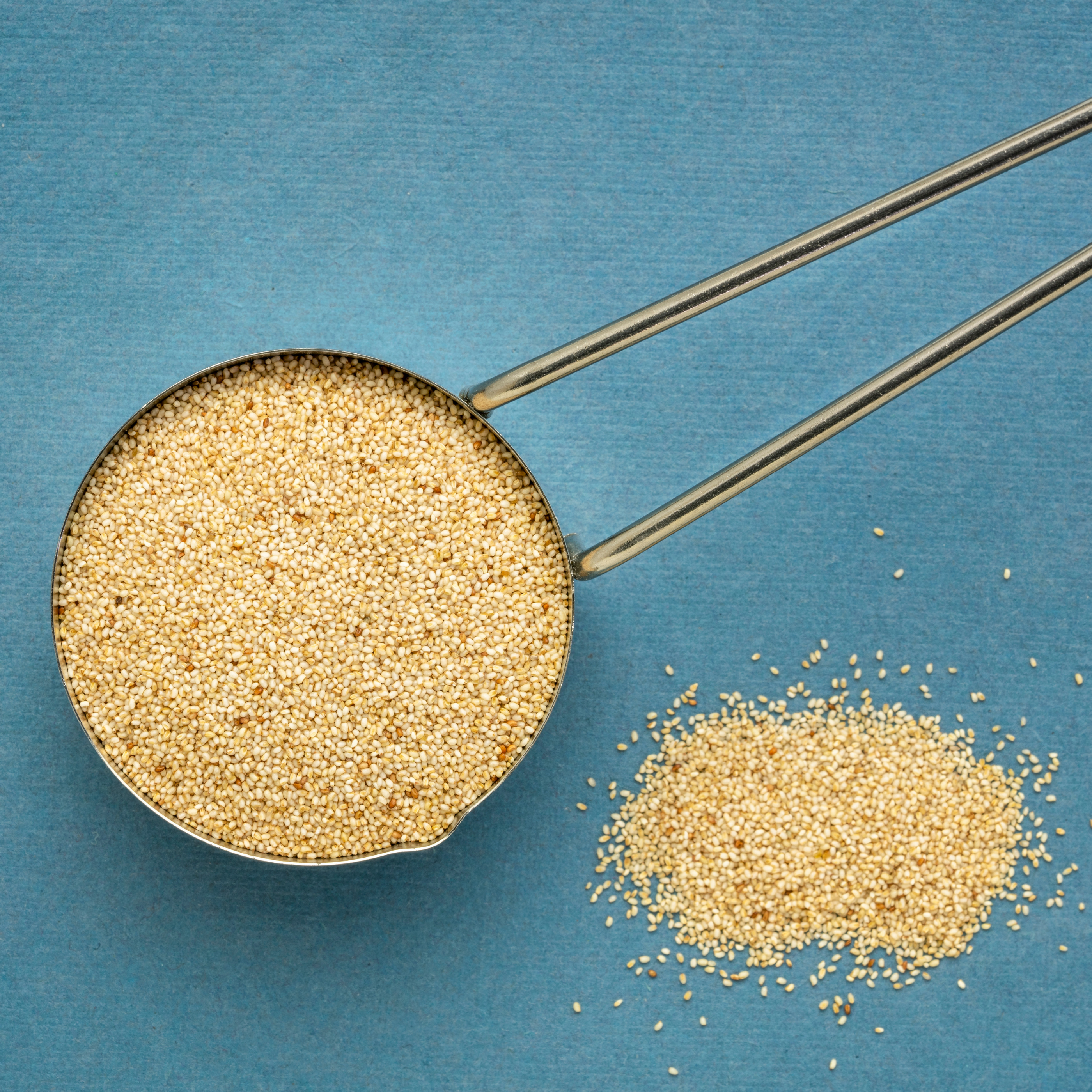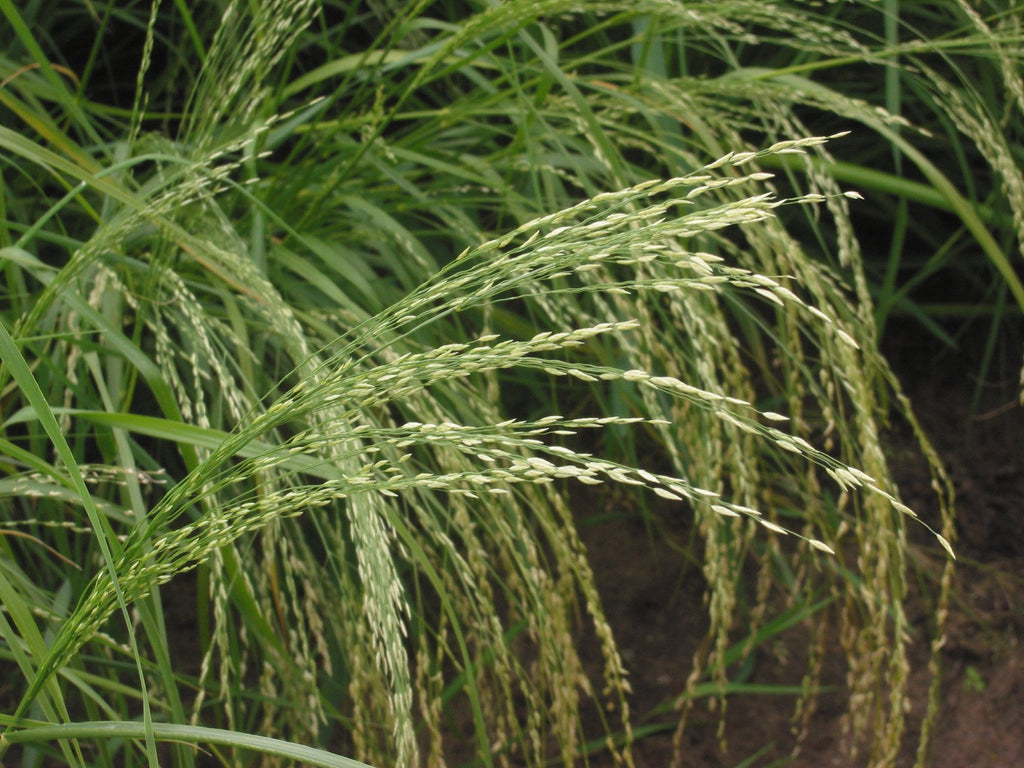
Teff, the superfood you should be eating!

All ancient grains — quinoa, farro, millet — are terrific sources of plant-based protein, fiber, minerals, and slow-digesting carbs. But it’s one of the tiniest and most unsung of these grains that packs perhaps the mightiest nutritional punch: teff.
A Tiny Nutritional Powerhouse
No bigger than a poppy seed, teff hails from Ethiopia, and it’s just now working its way into Americans’ diets and quickly becoming a trusted fuel for endurance athletes. Similar to quinoa, amaranth, and buckwheat, one serving of mild, nutty-flavored teff has about six grams of protein. It’s also rich in unsaturated fats and fiber (about 7 grams per cup), giving it a lower glycemic index than wheat, so it won’t cause blood sugar spikes. According to Kelly Toups, a registered dietitian at the Whole Grains Council, up to 40 percent of the carbohydrates in teff are resistant starch, a special type of fiber linked to healthy bodyweight and colon health.
Where teff really stands out is in its mineral content. One serving supplies 123 milligrams of bone-building calcium, the equivalent of a half-cup of cooked spinach. “I haven’t come across a grain that is higher in calcium than teff,” Toups says. “For example, millet has 8 milligrams per cup; oats have around 50 milligrams.”
Teff is also loaded with iron (5 grams per cup), a big boon for athletes. (We need ample iron to utilize oxygen effectively and stay energized during exercise, yet we lose this and other key minerals through sweat.) Additionally, one cup of teff has 126 milligrams of magnesium, an essential, tough-to-get mineral that promotes production of energy-supplying ATP and aids in muscle recovery.
How to Cook With It
Unlike quinoa or farro, teff grains are so small that they cling together, which means it’s not the best fit for salads or in place of noodles. “Its texture is more like polenta, porridge, or grits versus individual grains,” says Toups. “Teff works really well to thicken up and add more nutrition to soups and stews.”
You can also enjoy it as a hot cereal or porridge. “Boil whole-grain teff until it is cooked, then top with dried fruits, nuts, milk, or Greek yogurt to boost the protein content,” suggests Heather Mangieri, registered dietitian and author of Fueling Young Athletes. “Or get creative in the kitchen and use teff to make a homemade crust or flatbread pizza.” Teff is the main ingredient in injera, the sour, pliable flatbread you find at any authentic Ethiopian restaurant. As Toups points out, chef Marcus Samuelsson famously used injera as fuel for the 2015 New York City Marathon.
When baking with ground teff flour, “remember that it’s gluten-free, so you can’t just substitute it for wheat flour, because baked goods won’t rise the same way,” Toups says. “But for any kind of cookies, crepes, or pancakes, teff flour is one of most flavorful whole-grain flours I’ve worked with. It has chocolate-y undertones, so it’s great for brownies.”
Bonus: It’s Eco-Friendly Too
Besides its nutritional perks, teff has a great sustainability story. “It can thrive in a lot of different climates including drought and waterlogged soils, and it can flourish with lower levels of pesticides, less irrigation, and fewer inputs overall” says Toups. Plus, teff grows fast, sprouting in just 36 hours, and reproduces plenty.
While the vast majority of the world’s teff supply is grown in Ethiopia, we mostly consume teff grown in Idaho or a few other Western nations. This is because Ethiopia’s government began tightly restricting teff exports in 2006, as worldwide demand and prices began rising. According to Toups, the government was worried exports would cause domestic food shortages and price Ethiopians out of this staple, similar to what happened in South America when quinoa suddenly became the hot grain. But in the years since, the country has built up its infrastructure to grow more teff and secure supply and farming jobs, and Ethiopia eased the export ban in 2015.
This article was published on Men’s Journal on 31 May 2017.



